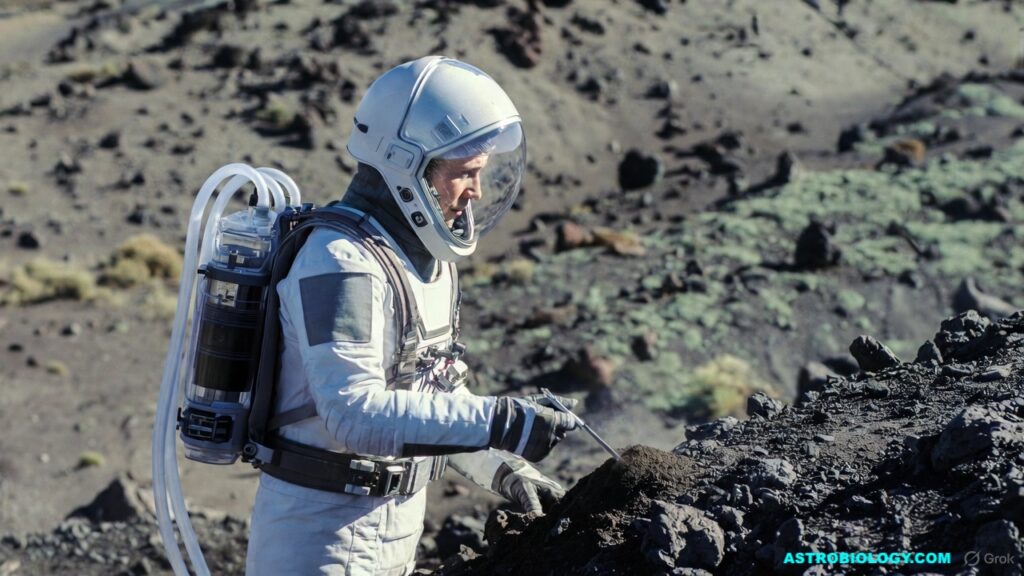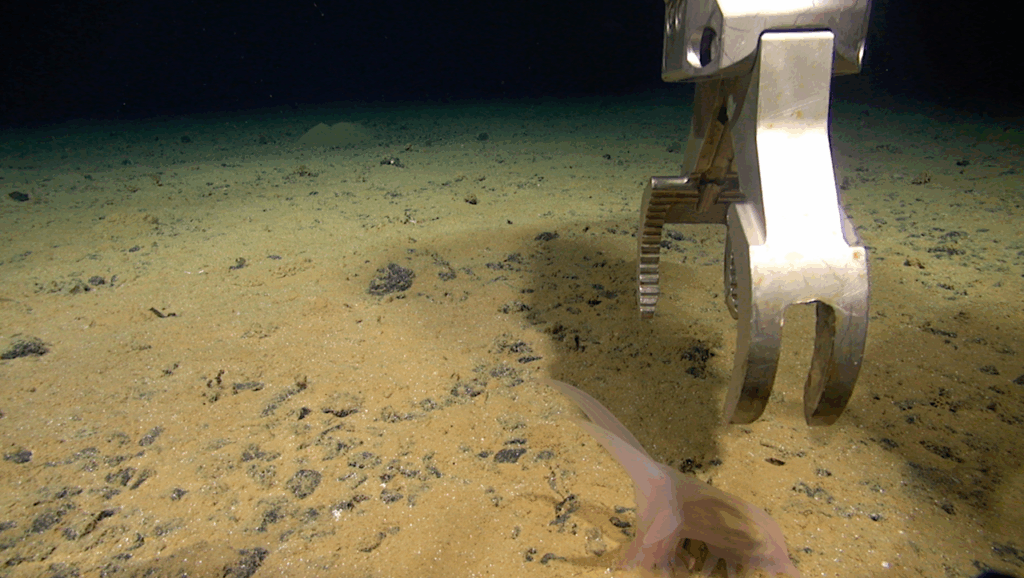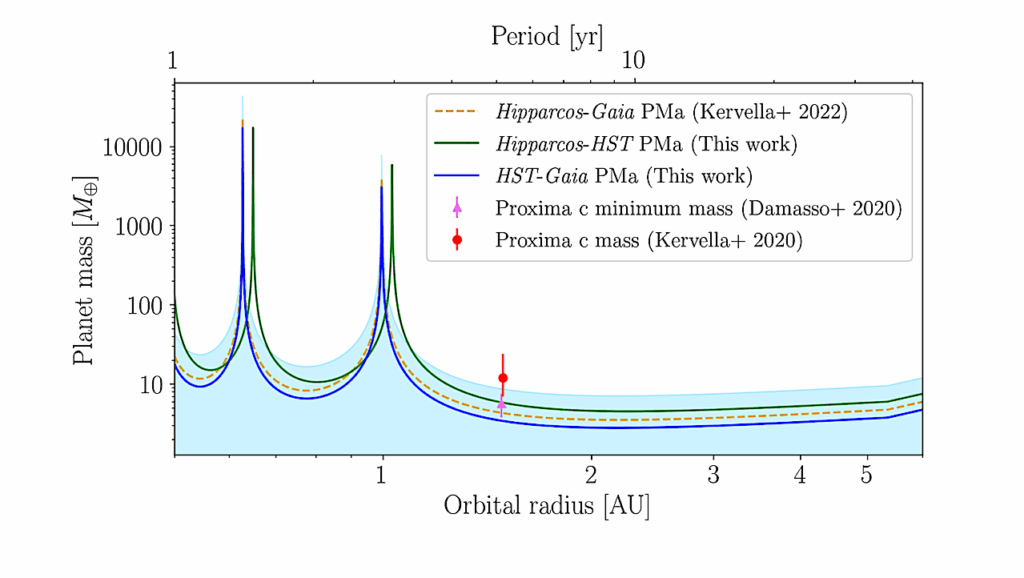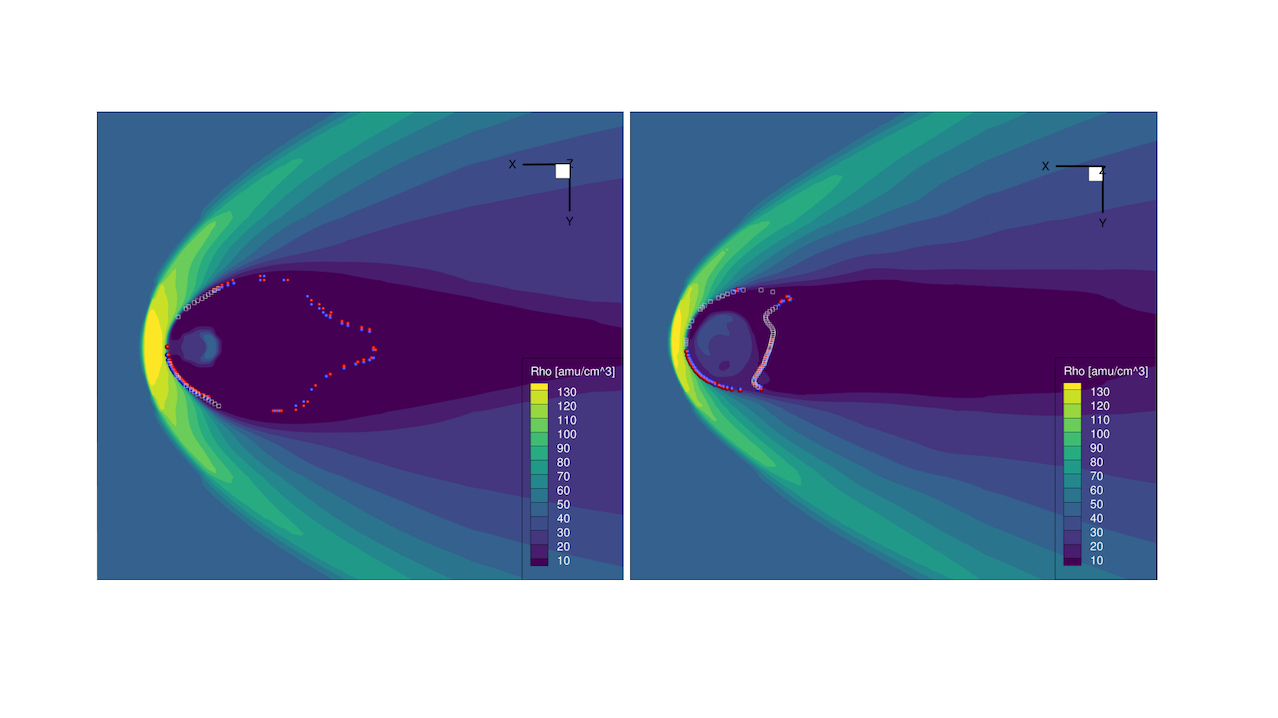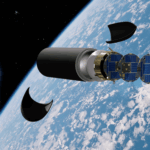Now Reading: Increased Hydrogen Escape From Mars Atmosphere During Periods Of High Obliquity
-
01
Increased Hydrogen Escape From Mars Atmosphere During Periods Of High Obliquity
Increased Hydrogen Escape From Mars Atmosphere During Periods Of High Obliquity
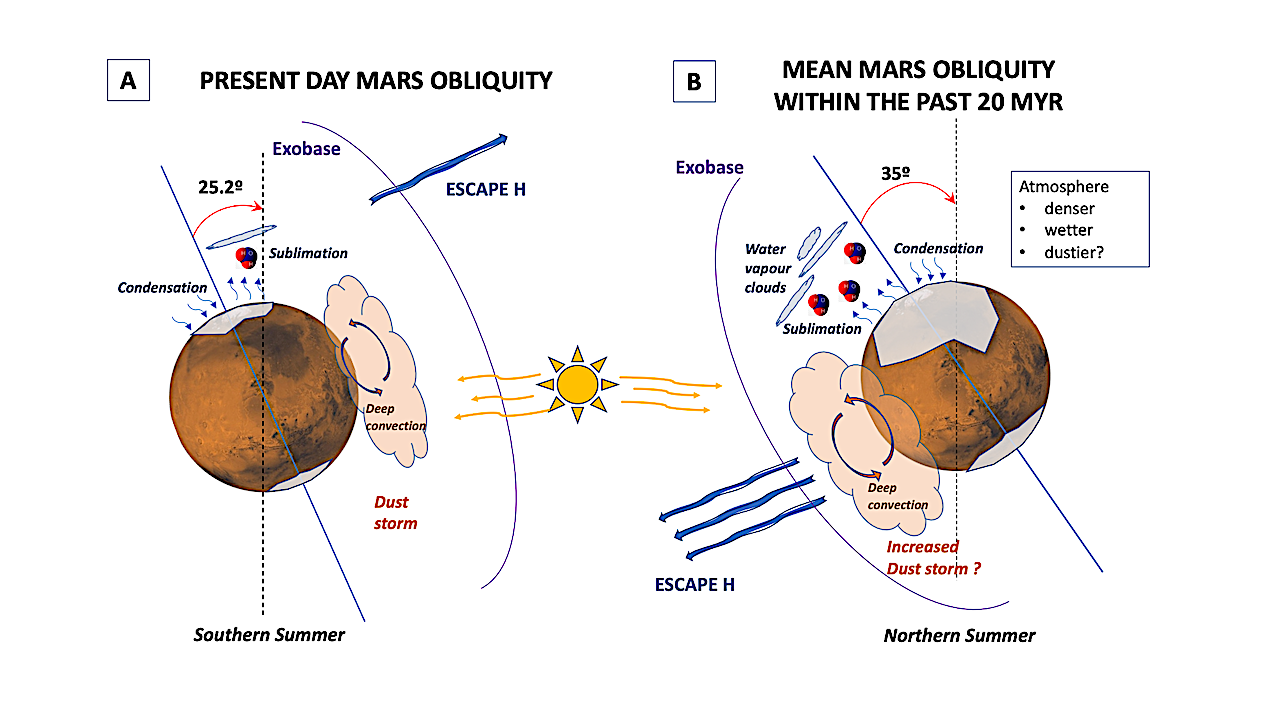

Sketch showing processes leading to larger H-loss in the past 20 million years (Myr). — astro-ph.EP
IMAGE Caption: Sketch showing processes leading to larger H-loss in the past 20 million years (Myr). The loss rate is not expected to have been constant with time, and may vary significantly during Martian history.
Panel A: In current obliquity conditions (25.2◦) the water ice in the polar caps sublimes in Summer, and then it is recycled back in Winter. Large dust load in the lower atmosphere facilitates the transport of water to the upper atmosphere, where it is chemically converted into atomic H that can easily escape to space.
Panel B: In the last 20 million year, when the obliquity of Mars was higher than today, the climate of Mars was different. Larger north pole insolation induced a more intense water cycle: the amount of sublimated water vapour in the atmosphere of Mars was much larger than today, and localised surface water ice reservoirs were created after precipitation in tropics and midlatitudes [44].
In addition, the formation of thick clouds warmed the middle atmosphere (up to 50 K at 45 km) by absorbing both solar radiation and IR radiation emitted by the surface, inducing positive feedback. All this favoured water penetration into the mesosphere (e.g. with up to 5 order of magnitude increased water abundances at about 45 km, near the aphelion), resulting in larger H escape rate. Other processes not accounted for in our study could also contribute to further changes in the H escape rate. Buried deposits of CO2 ice within the south polar layer could have been released in the atmosphere at the time of high obliquity, producing an atmosphere with double its current pressure [45]. With higher pressure and warmer temperature conditions, is uncertain if the seasonal dust activity was more or less intense than today, due to higher water content and changes in the circulation patterns. (Mars image credit: NASA/JPL/USGS).
It is still unknown how much water has escaped from Mars during its history. Hydrogen escape from Mars’s atmosphere probably played a major role in drying the planet, but present-day Hloss rates (about 3×10^26 atoms per second on average) cannot explain the geological evidence for the large volumes of liquid water on ancient Mars.
Here we used the three-dimensional Mars-Planetary Climate Model to show that H loss rates could have increased by more than one order of magnitude (6×10^27 atoms per second) during higher spin axis obliquity periods, notably in the last few million years when Mars’s obliquity was about 35 deg on average. The resulting accumulated H escape over Mars’s history translates into an approx. 80 m global equivalent layer, which is close to the lower limit of geological estimates, assessing the major role of atmospheric escape in drying Mars.
Gabriella Gilli, Francisco González-Galindo, Jean-Yves Chaufray, Ehouarn Millour, François Forget, Franck Montmessin, Franck Lefèvre, Joseph Naar, Yangcheng Luo, Margaux Vals, Loïc Rossi, Miguel Ángel López-Valverde, Adrián Brines
Subjects: Earth and Planetary Astrophysics (astro-ph.EP); Atmospheric and Oceanic Physics (physics.ao-ph)
Cite as: arXiv:2505.16692 [astro-ph.EP] (or arXiv:2505.16692v1 [astro-ph.EP] for this version)
https://doi.org/10.48550/arXiv.2505.16692
Focus to learn more
Journal reference: Nat Astron (2025), published on-line on 21 May 2025
Related DOI:
https://doi.org/10.1038/s41550-025-02561-3
Focus to learn more
Submission history
From: Gabriella Gilli Gg
[v1] Thu, 22 May 2025 13:57:09 UTC (1,547 KB)
https://arxiv.org/abs/2505.16692
Astrobiology,
Stay Informed With the Latest & Most Important News
Previous Post
Next Post
-
 012024 in Review: Highlights from NASA in Silicon Valley
012024 in Review: Highlights from NASA in Silicon Valley -
 02Panasonic Leica Summilux DG 15mm f/1.7 ASPH review
02Panasonic Leica Summilux DG 15mm f/1.7 ASPH review -
 03From Polymerization-Enabled Folding and Assembly to Chemical Evolution: Key Processes for Emergence of Functional Polymers in the Origin of Life
03From Polymerization-Enabled Folding and Assembly to Chemical Evolution: Key Processes for Emergence of Functional Polymers in the Origin of Life -
 04How New NASA, India Earth Satellite NISAR Will See Earth
04How New NASA, India Earth Satellite NISAR Will See Earth -
 05And Thus Begins A New Year For Life On Earth
05And Thus Begins A New Year For Life On Earth -
 06Astronomy Activation Ambassadors: A New Era
06Astronomy Activation Ambassadors: A New Era -
07SpaceX launch surge helps set new global launch record in 2024












